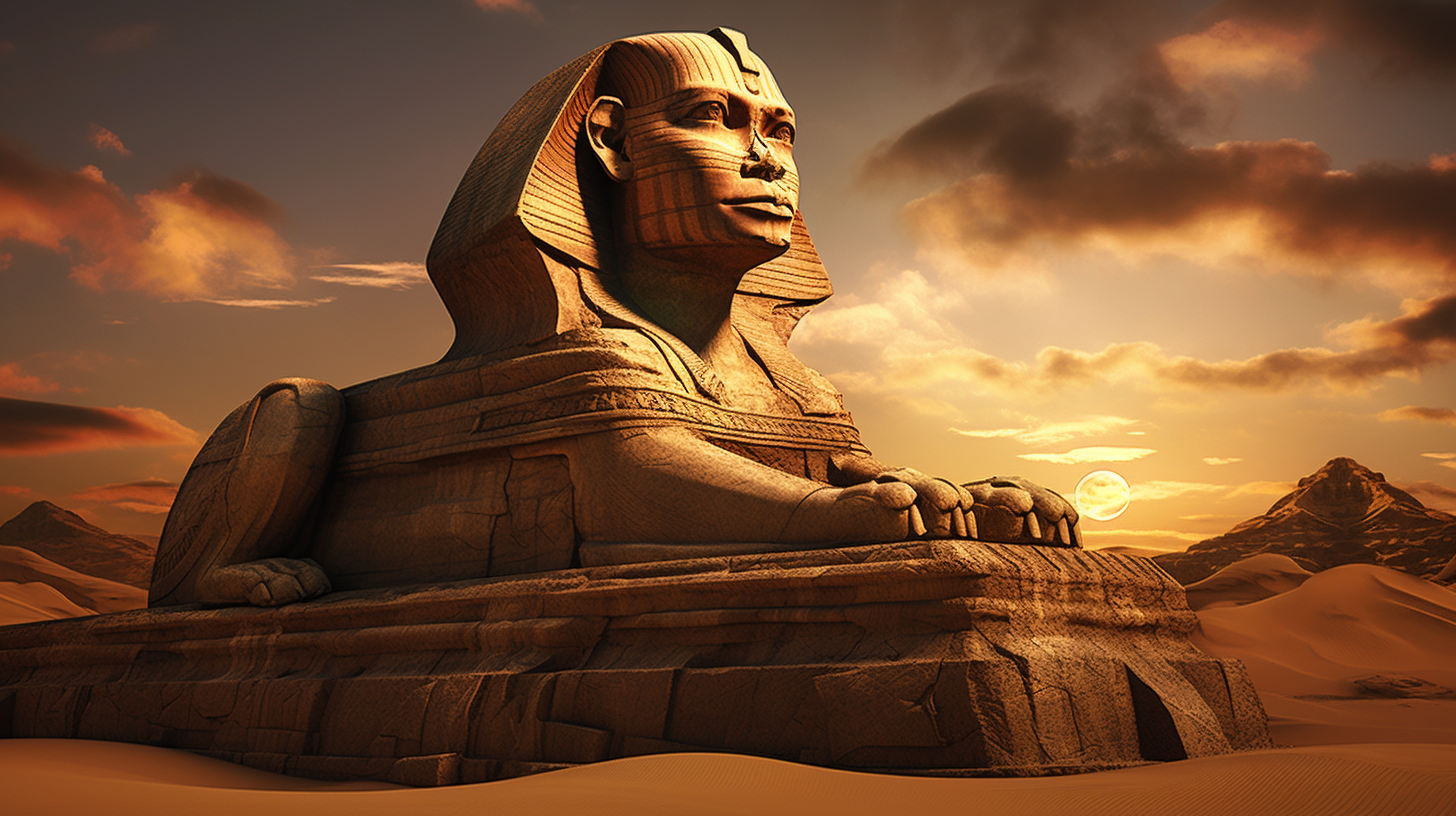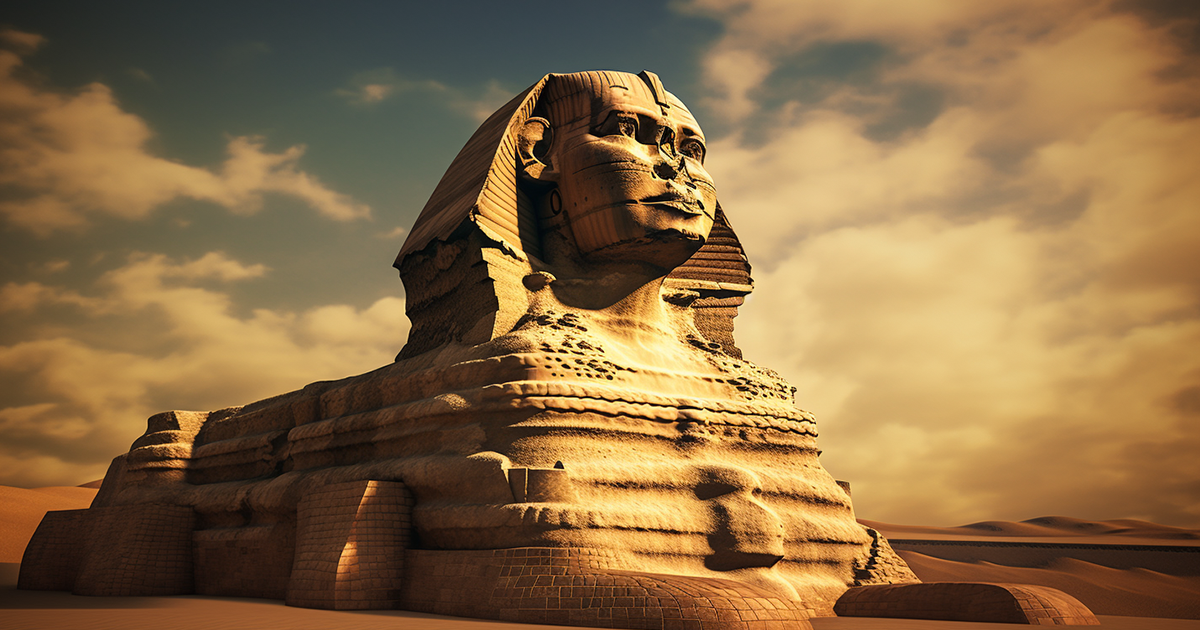The Sphinx, with its aura of mystery, stands as a symbol of ancient Egypt’s remarkable history, captivating the world with its enigmatic charm through the ages. Despite belonging to a past era, this immense limestone statue continues to spark wonder and curiosity, leading to endless debates regarding its origins and significance.
Appearing during the reign of Pharaoh Khafre around 2500 BCE, the Sphinx, hewn from the rugged landscape of the Giza Plateau, showcases a lion’s body and a human head, traditionally linked to its royal ruler. However, controversies persist regarding its genesis.
Some theories suggest the Sphinx might have existed prior to Khafre’s rule, emerging from an earlier civilization. The erosion marks on the statue hint at water erosion, indicating a wetter climate in ancient times. This notion challenges the established timeline, proposing an ancient and advanced civilization predating the dynastic Egyptians.

The Sphinx’s purpose remains shrouded in mystery; while some view it as a protector of pharaohs’ tombs and Giza’s temples, others interpret it symbolically as a preserver of ancient knowledge or a celestial marker aligning with astronomical events.
Connected to the Giza pyramids, the Sphinx’s orientation towards the east suggests a deliberate positioning to align with the rising sun during the vernal equinox. This alignment supports theories proposing its involvement in religious or spiritual rites linked to the solar calendar.
Advancements like ground-penetrating radar have unveiled concealed chambers and passages beneath the Giza Plateau, sparking interest in potential undiscovered cavities beneath the Sphinx waiting to be explored and understood.
Despite centuries of scrutiny, the Sphinx persists in intriguing and prompting contemplation. Its eternal stare invites introspection on ancient enigmas and the boundless narratives of human history. As we strive to decipher the mysteries surrounding this ancient marvel, we are reminded of the perpetual quests to uncover the hidden tales of our forebears and the enduring fascination they possess.
